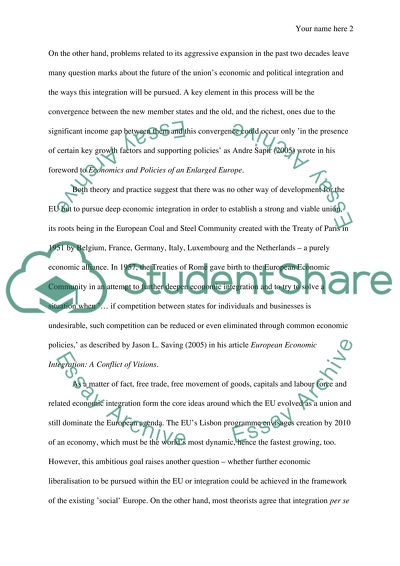Cite this document
(Political Economy of the Single European Market Essay - 2, n.d.)
Political Economy of the Single European Market Essay - 2. https://studentshare.org/macro-microeconomics/1565429-political-economy-of-the-single-european-market
Political Economy of the Single European Market Essay - 2. https://studentshare.org/macro-microeconomics/1565429-political-economy-of-the-single-european-market
(Political Economy of the Single European Market Essay - 2)
Political Economy of the Single European Market Essay - 2. https://studentshare.org/macro-microeconomics/1565429-political-economy-of-the-single-european-market.
Political Economy of the Single European Market Essay - 2. https://studentshare.org/macro-microeconomics/1565429-political-economy-of-the-single-european-market.
“Political Economy of the Single European Market Essay - 2”. https://studentshare.org/macro-microeconomics/1565429-political-economy-of-the-single-european-market.


